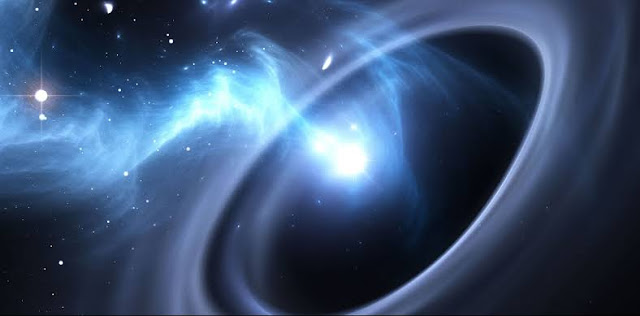Einstein was 100 years ahead of the world, now the theory of relativity has been proved, scientists have discovered the light behind the black hole
Scientists at Stanford University have confirmed the 'Theory of Relativity', finding light behind a black hole.
Astronomers found light behind a black hole for the first time. In this way he demonstrated the 'Theory of Relativity' for the first time by the great scientist Albert Einstein. The study, published by scientists at Stanford University, analyzed how light emerges near a large black hole. This black hole has been found about 800 million light-years away.
Scientists have used X-ray telescopes to study the black hole, so they see light from one side of it. During the study, astrophysicist Dan Wilkins made some interesting discoveries. He found that when he sent an X-ray 'echo', a series of bright lights appeared. However, this is most common with black holes. But the most exciting discovery was that during this time more light appeared, which was smaller and had different colors. This discovery confirms Albert Einstein's view of 'Theory of Relativity'. This idea was first published in 1915.
Einstein's theory predicted that gravity from a black hole was so great that it bent the fabric of space, producing light. His vision therefore predicted that it should be possible to see light waves coming from the other side of the black hole because the folded circuit would act as a mirror. However, this idea was not confirmed a hundred years ago. But after this discovery it became clear again that Einstein's view was completely correct.
Roger Blandford, co-author of a study published in Nature, said that 50 years ago astronomers speculated about how magnetic fields can behave near black holes. At this point he did not know that one day we would have such technology. Little did they know that one day we would have the tools to prove Einstein's vision. Gravity from the black hole bends the surrounding light. With this, the scientists found the first view of the space behind the black hole.





